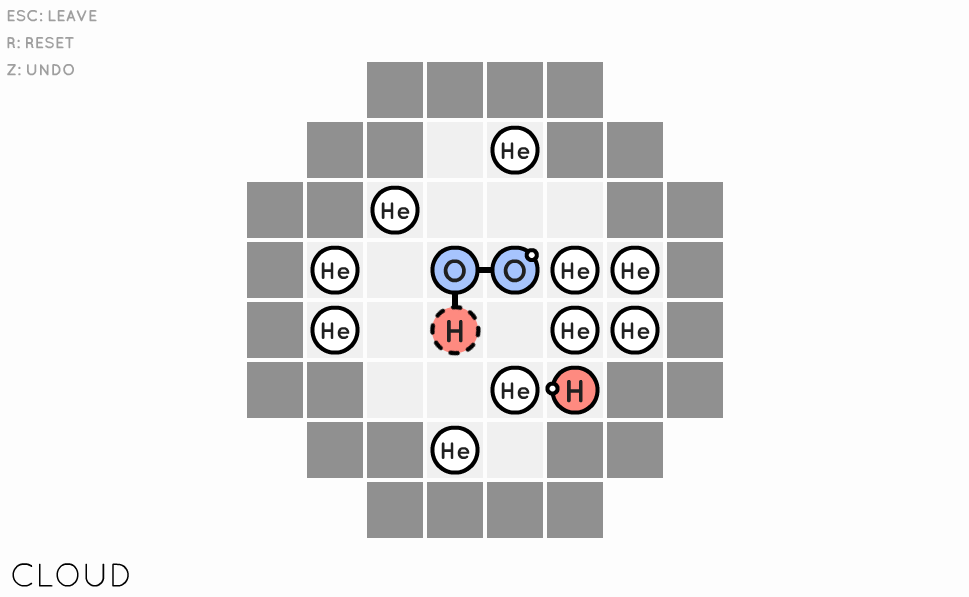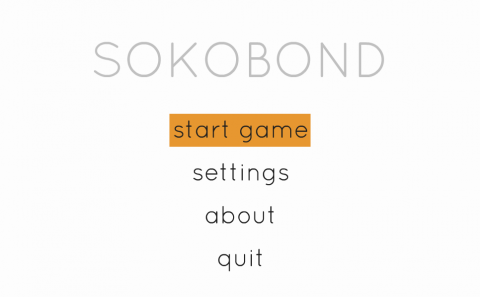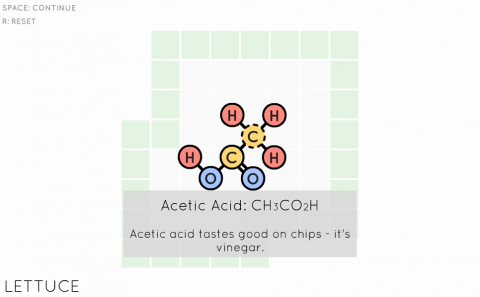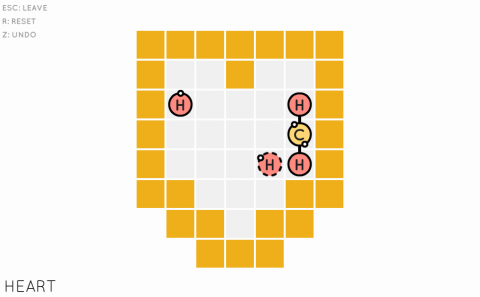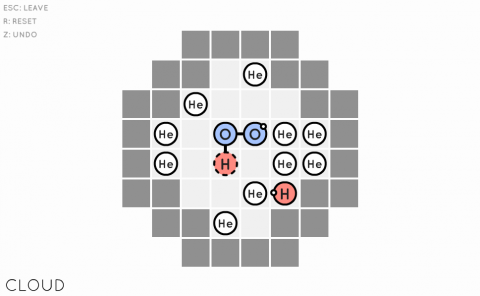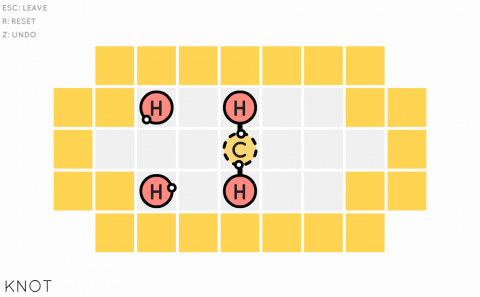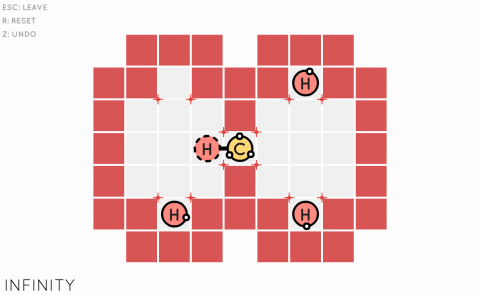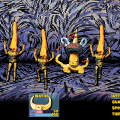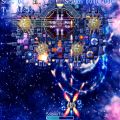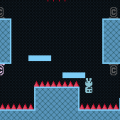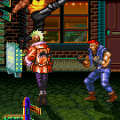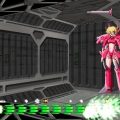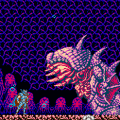
If there’s one thing indie developers seem to love in their puzzle games, it’s minimalism. Not hard to see why. Minimalist design styles allow very simple, easily identified menus and playing fields that don’t trip up the user and keep them focused on the task. It’s a break from the traditional and popular under pressure philosophy of most puzzle games, making for great time sinks that don’t force the player to react quickly. Sokobond is another game that fits into this style, adding some flavor in form of a chemistry based theme, though you don’t need to actually know anything about chemistry to understand or play it.
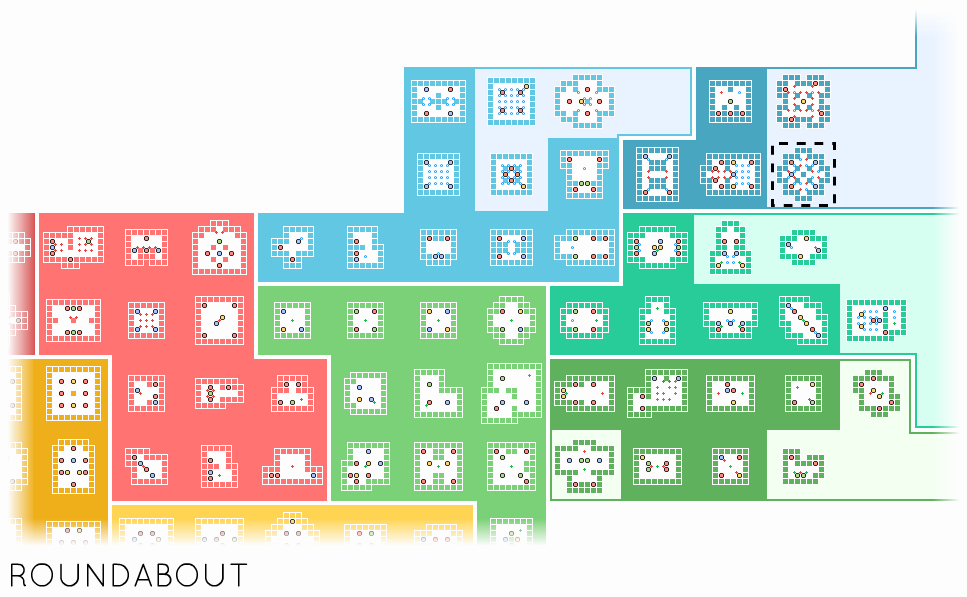
The game throws you into a barely populated board with various puzzles you can unlock by beating each challenge. The goal in all of them is to move your given molecule on the plain field, navigate the walls and obstacles, and connect all open molecules on board, creating a chemical compound and learning more about it as a reward. The board is divided into multiple sections with different themed challenges as well, all informed by a unifying color. For example, one set of puzzles requires that you create two separate connecting molecule chains with helium particles, which can’t connect to anything. Another introduces multiple part molecule clusters with molecules that can connect up to four other molecules. There’s a total of 105 puzzles to solve (not counting bonus puzzles), and they get maddeningly complex the further you get.
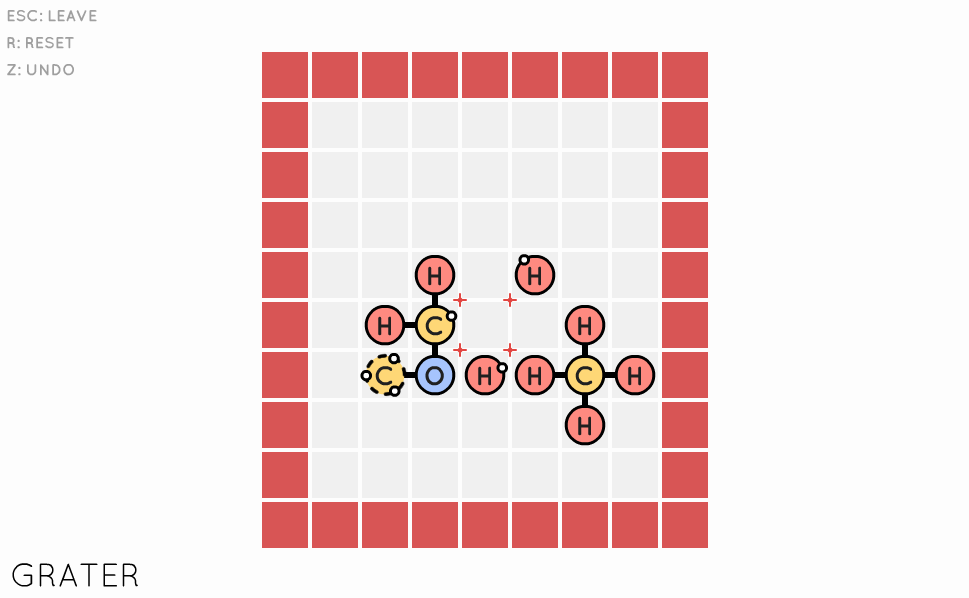
The title is very similar to Lyne in many respects, but the actual puzzles are structured differently. Lyne was entirely about connecting point A to point B in a specific way, making each puzzle more complex and more difficult to dissect. Sokobond gives more player freedom through its grid movement system, allowing more chances to screw up what should be simple solutions. It’s more difficult to take apart several puzzles as a result. You don’t need to solve every puzzle to win Sokobond, though, only just enough to reveal all the edges. Its simplistic design is matched with an equally simple score by Ryan Roth (Shattered Planet, Electronic Super Joy).
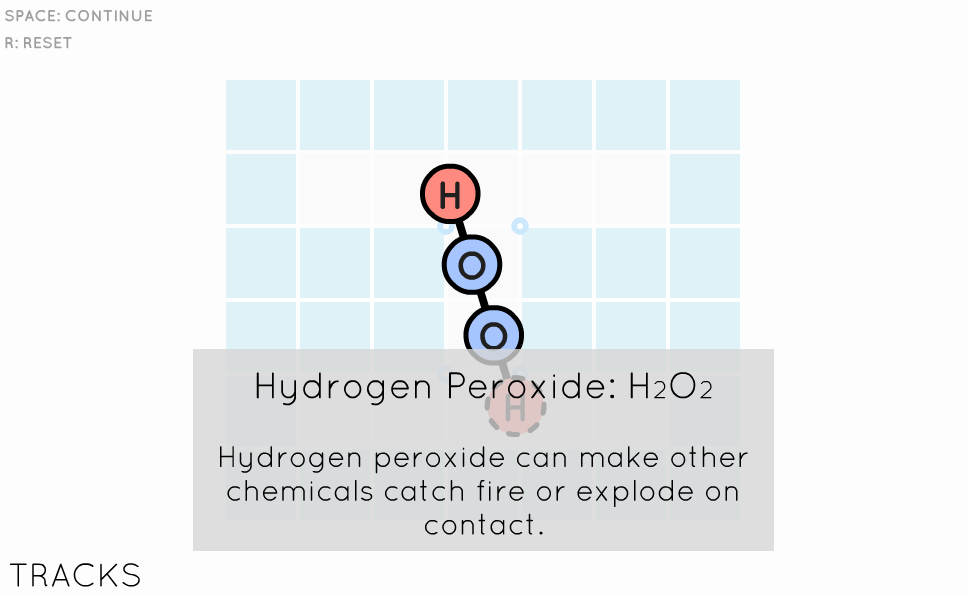
Sokobond doesn’t really do too much differently from various others in the field of minimalist indie games, at least on the surface. They all use a unified design philosophy, but change the details and create something new in the process. Sokobond does it by making player freedom a hindrance in otherwise simple puzzles, making the human variable the deciding factor in overall difficulty. For that, it’s certainly a game worth your time, especially if you enjoy puzzle games.
